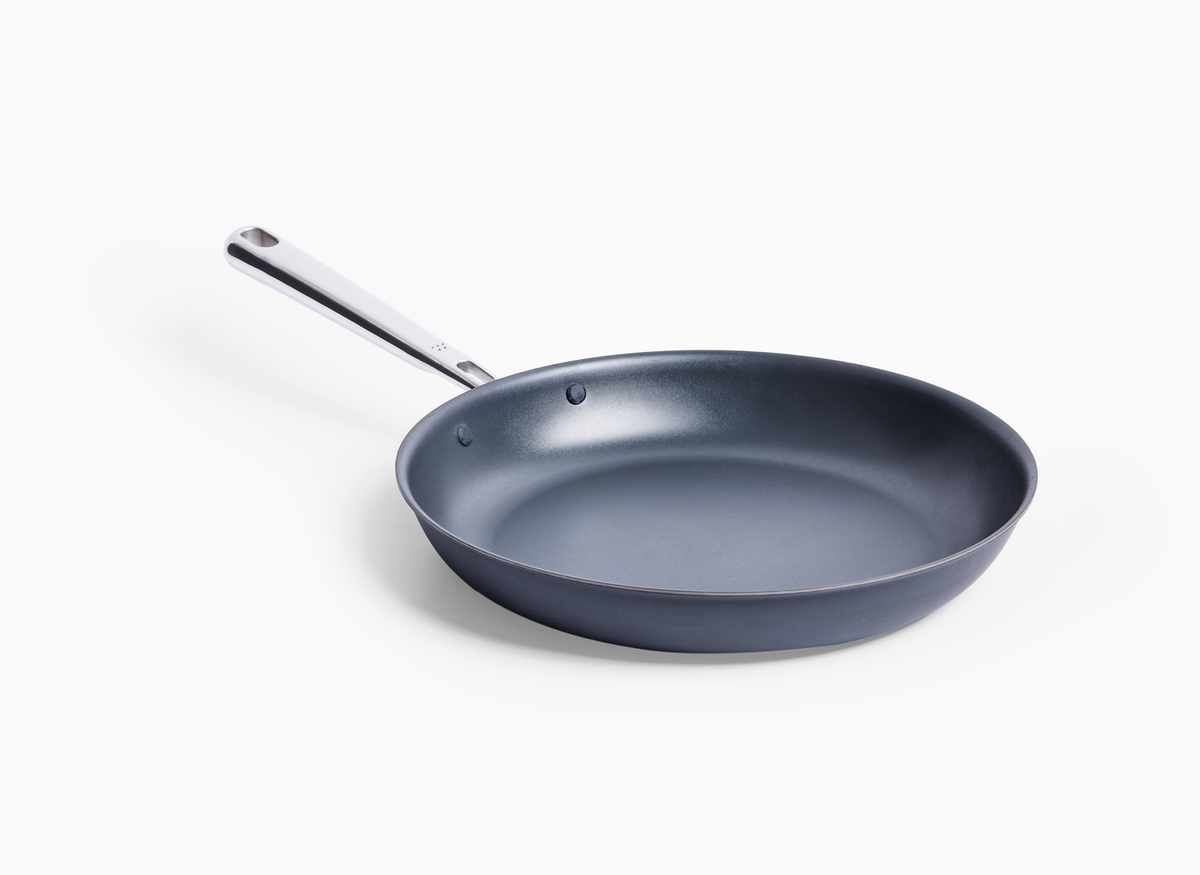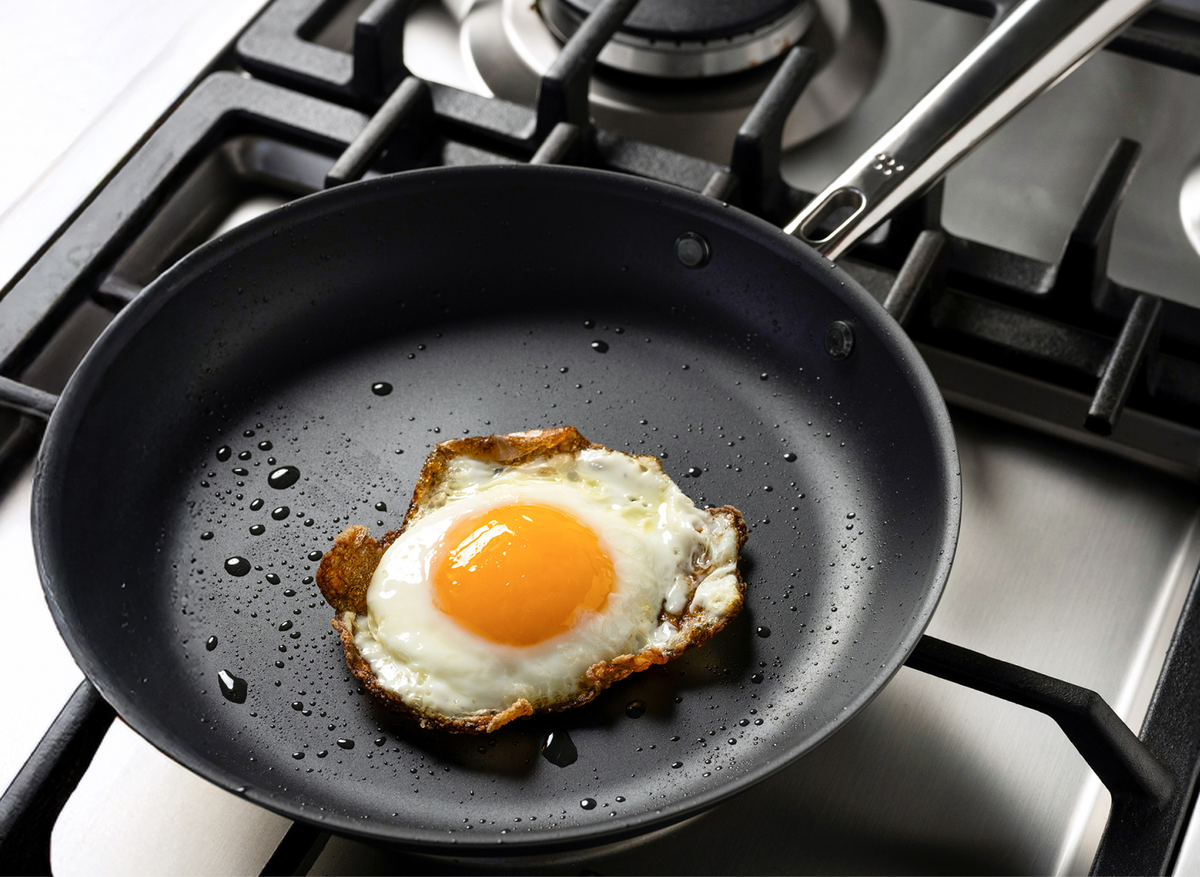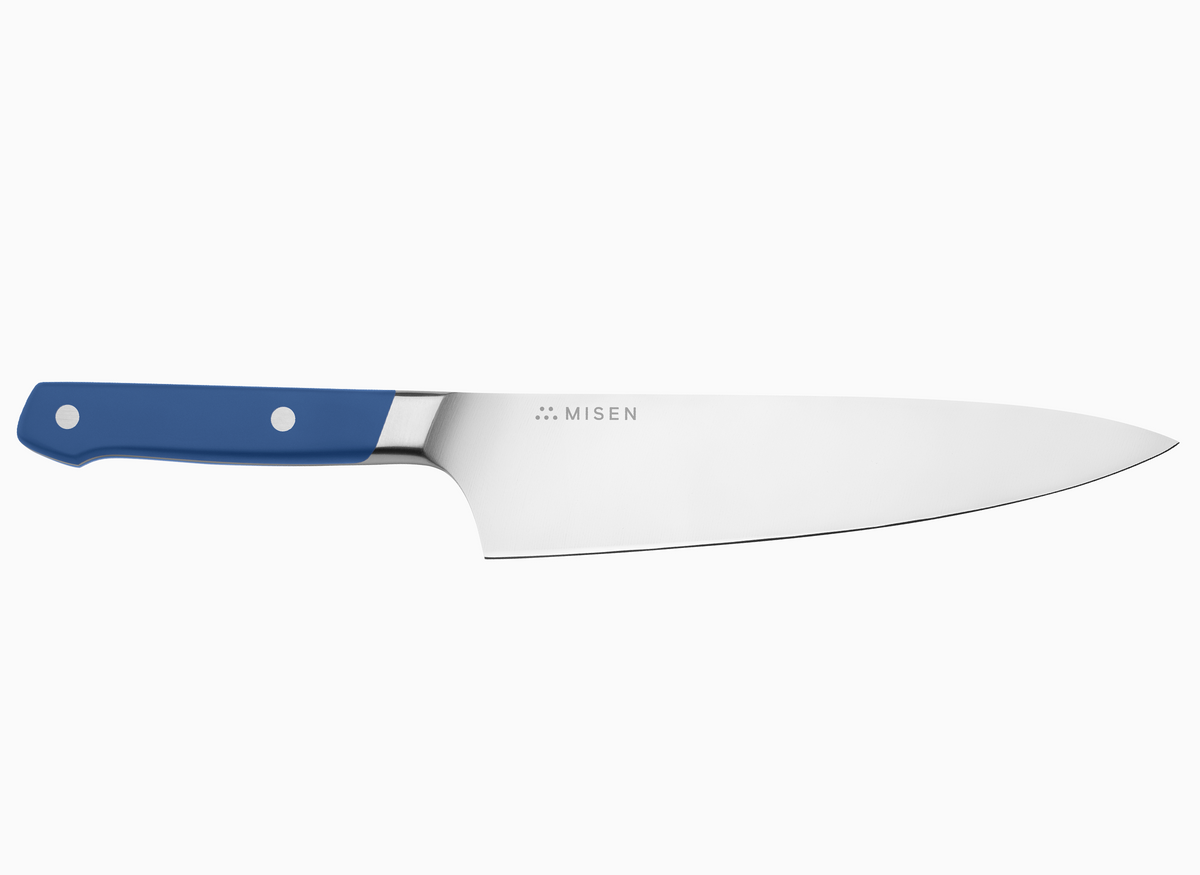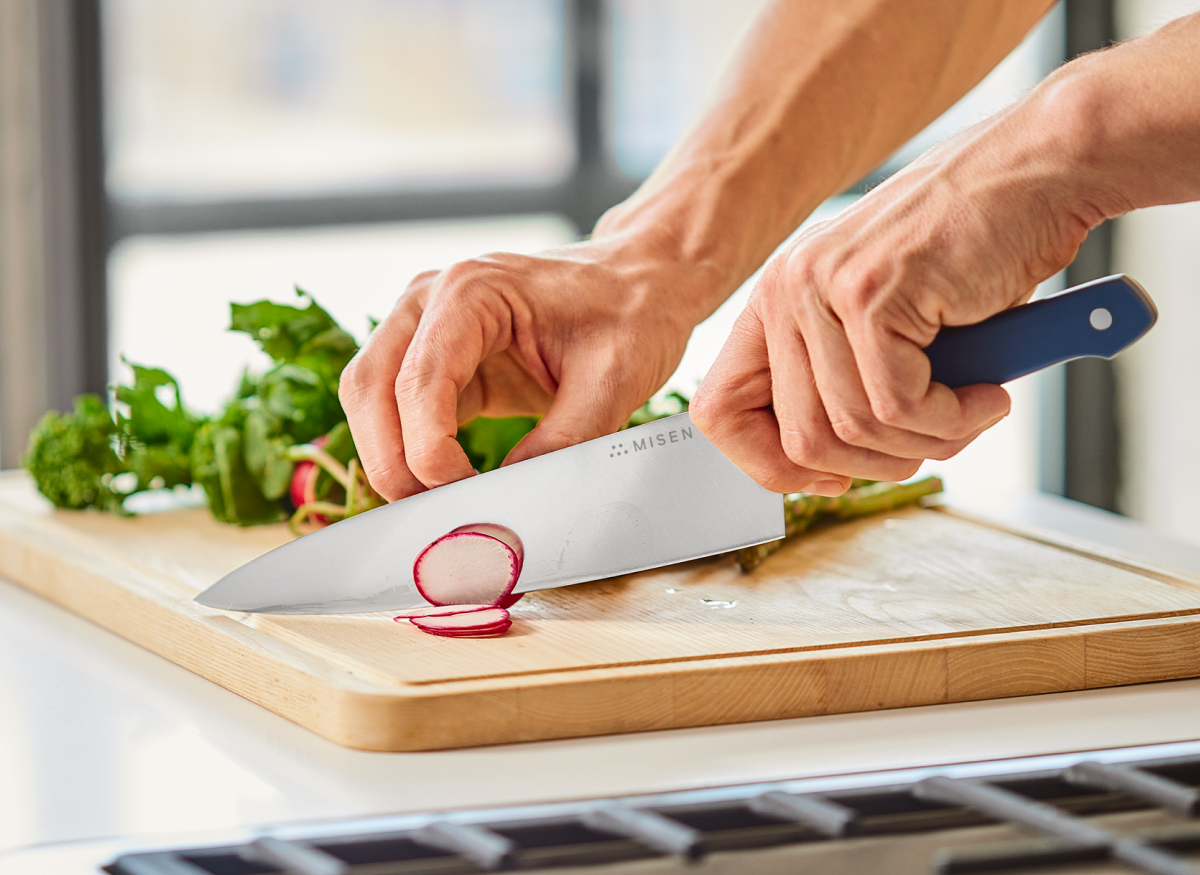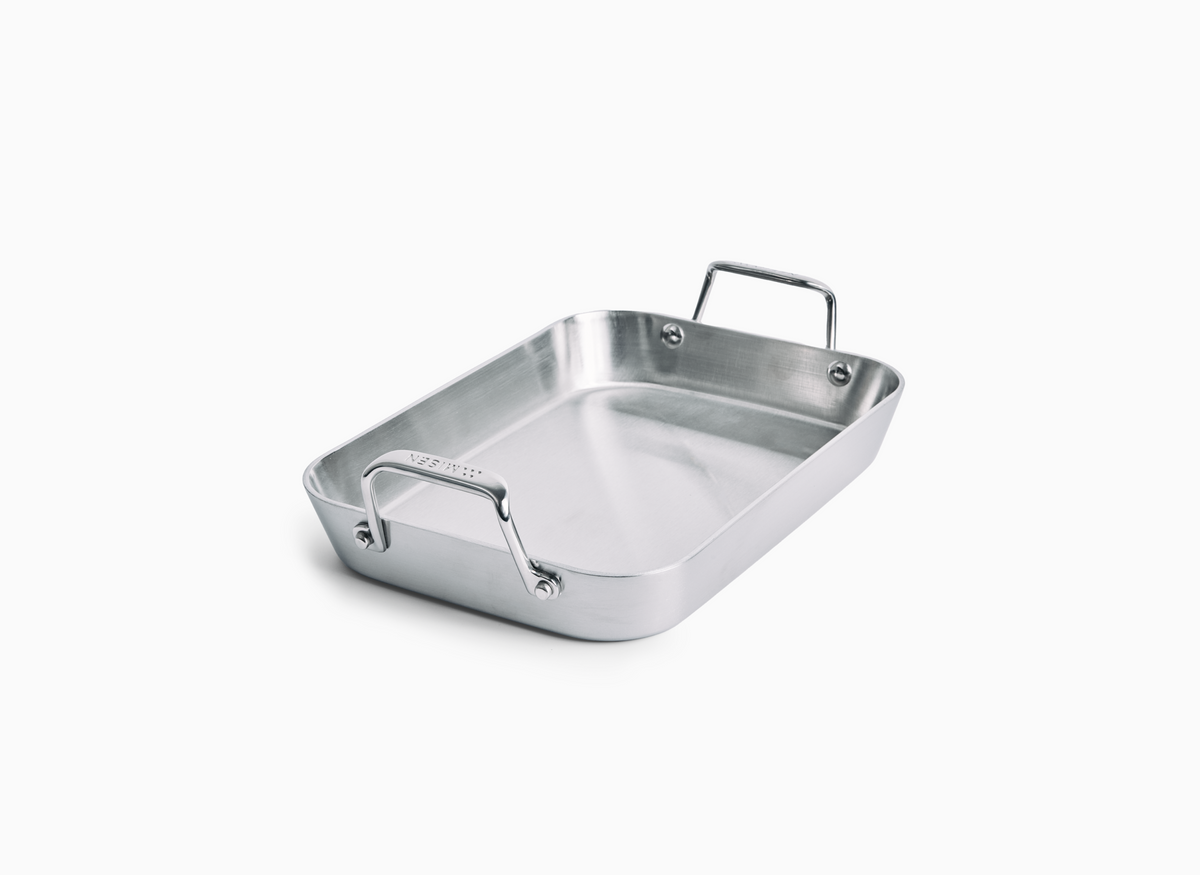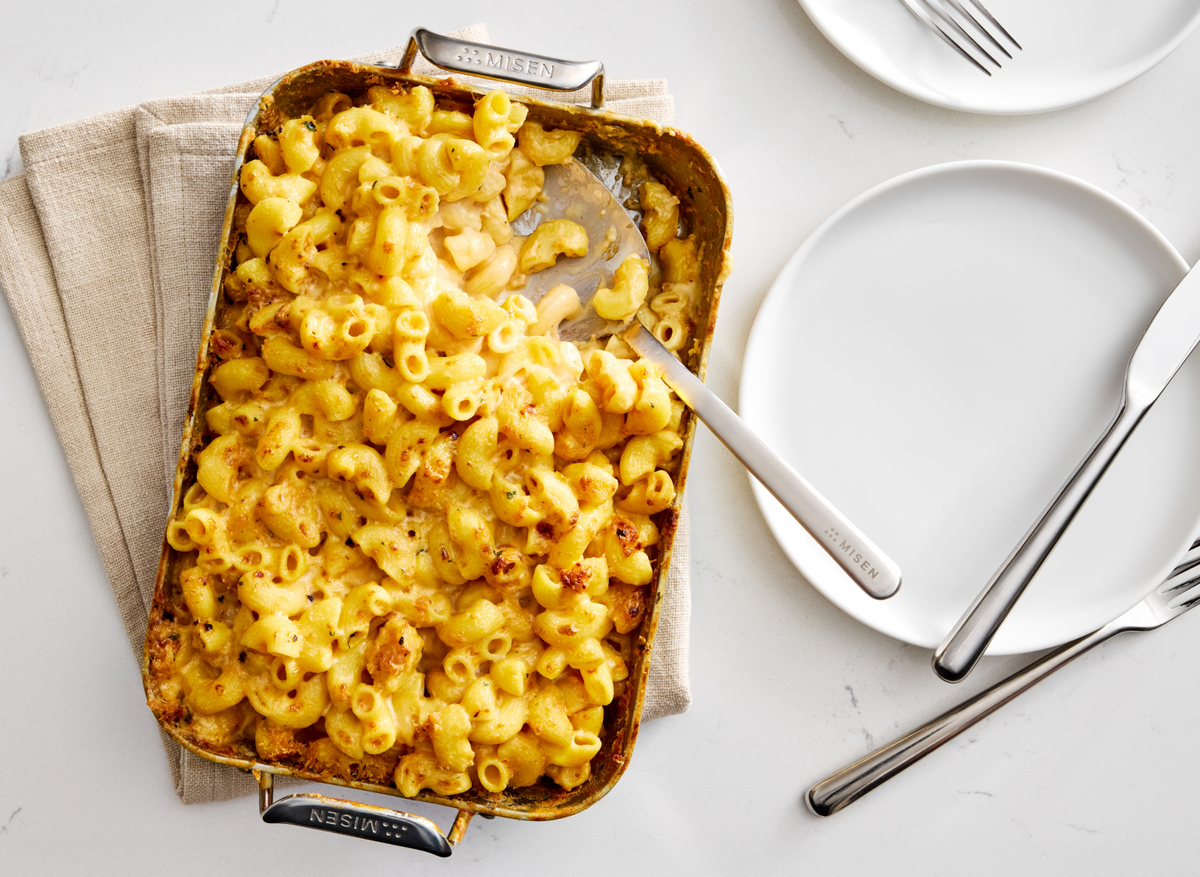The Rockwell hardness test was originally created to measure ball bearings.
Stanley P. Rockwell created a way to measure the steel ball bearings his company created, but the test was easy to apply to any type of metal or non-metallic material.
The scale that bears his name determines relative hardness of metal by measuring the depth of an indentation after a heavy object impacts a piece of metal. Diamond is the hardest natural substance known to man. The most commonly used version of the Rockwell test uses a conical diamond to impact the metal. The amount of force and depth of the cone-shaped indentation is then measured. The test is performed twice.
Initially only a minor load of pressure is applied, and the measurement is taken. The second time — in the exact position — the pressure is increased to a major load of about 300 pounds of pressure, and then the indentation is measured again.
The difference between the depth of the first and second indentation determines the hardness. The test is performed at least twice on a piece of metal to produce an average. Manufacturers usually offer a hardness rating range because steel’s hardness will vary slightly.
